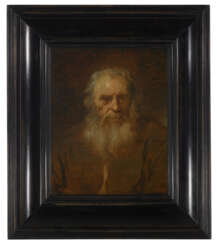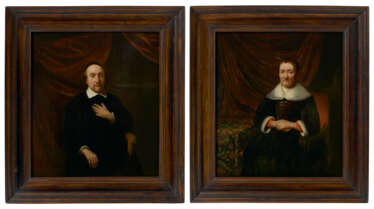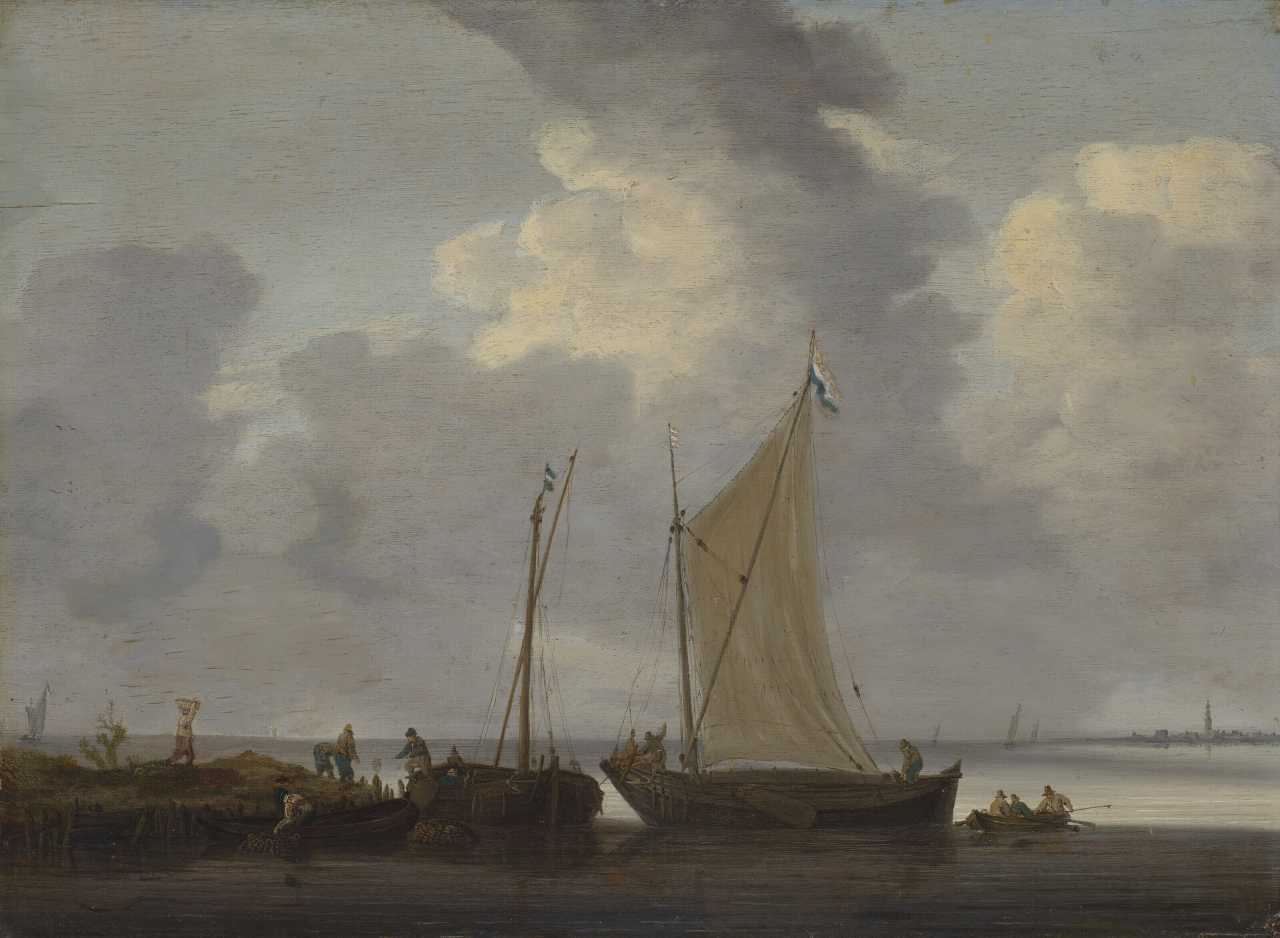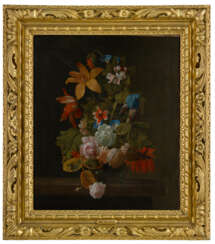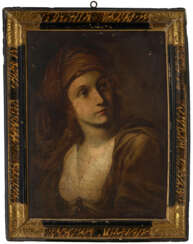
Old Masters: No Reserves

Hieronymus Bosch, a Netherlandish painter born around 1450 in 's-Hertogenbosch, remains one of the art world's most enigmatic figures. Bosch's work is renowned for its intricate, symbolic, and often unsettling imagery, depicting fantastical creatures, earthly pleasures, and human folly with a depth that continues to fascinate scholars and art lovers alike. Despite the scarcity of biographical details—owing to the lack of personal letters or diaries—Bosch's legacy as a pivotal figure in the transition from the medieval to the modern worldview is undisputed.
Bosch spent virtually his entire life in his birthplace, where his family had deep roots in the artistic community. His grandfather and father were both painters, suggesting that Bosch likely received his initial training within his family. By the late 15th century, Bosch had become a respected member of the local Brotherhood of Our Lady, contributing significantly to the cultural and religious life of his community through his artworks. Notably, Bosch's oeuvre includes around thirty paintings, with "The Garden of Earthly Delights," a triptych full of intricate, allegorical imagery, standing out as one of his masterpieces. This work, alongside others such as "The Temptation of St. Anthony" and "The Haywain Triptych," showcases Bosch's unique ability to blend religious themes with his vivid imagination, offering commentary on human sin and redemption.
Bosch's art, characterized by its detailed landscapes populated with a myriad of creatures both heavenly and demonic, reflects a deep moral concern with the fate of humanity, yet leaves much to interpretation. His works are preserved in some of the world's most prestigious museums, including the Museo del Prado in Madrid, where "The Garden of Earthly Delights" is housed, underscoring his lasting impact on the cultural and artistic heritage of the Renaissance period.
Despite the challenges in attributing some works definitively to Bosch due to the absence of signatures on many of his paintings, about 25 paintings and eight drawings are confidently ascribed to him, with others attributed to his workshop. Bosch's influence extended beyond his lifetime, notably inspiring Pieter Bruegel the Elder, and continues to captivate contemporary audiences with his complex iconography and detailed panoramic scenes.
For collectors and experts in art and antiques, Bosch's work represents a fascinating intersection of culture, art, and the human condition, offering endless avenues for exploration and appreciation. To stay updated on new discoveries, sales, and auction events related to Hieronymus Bosch, signing up for updates can provide exclusive insights and opportunities to deepen one's understanding and collection of this remarkable artist's work.
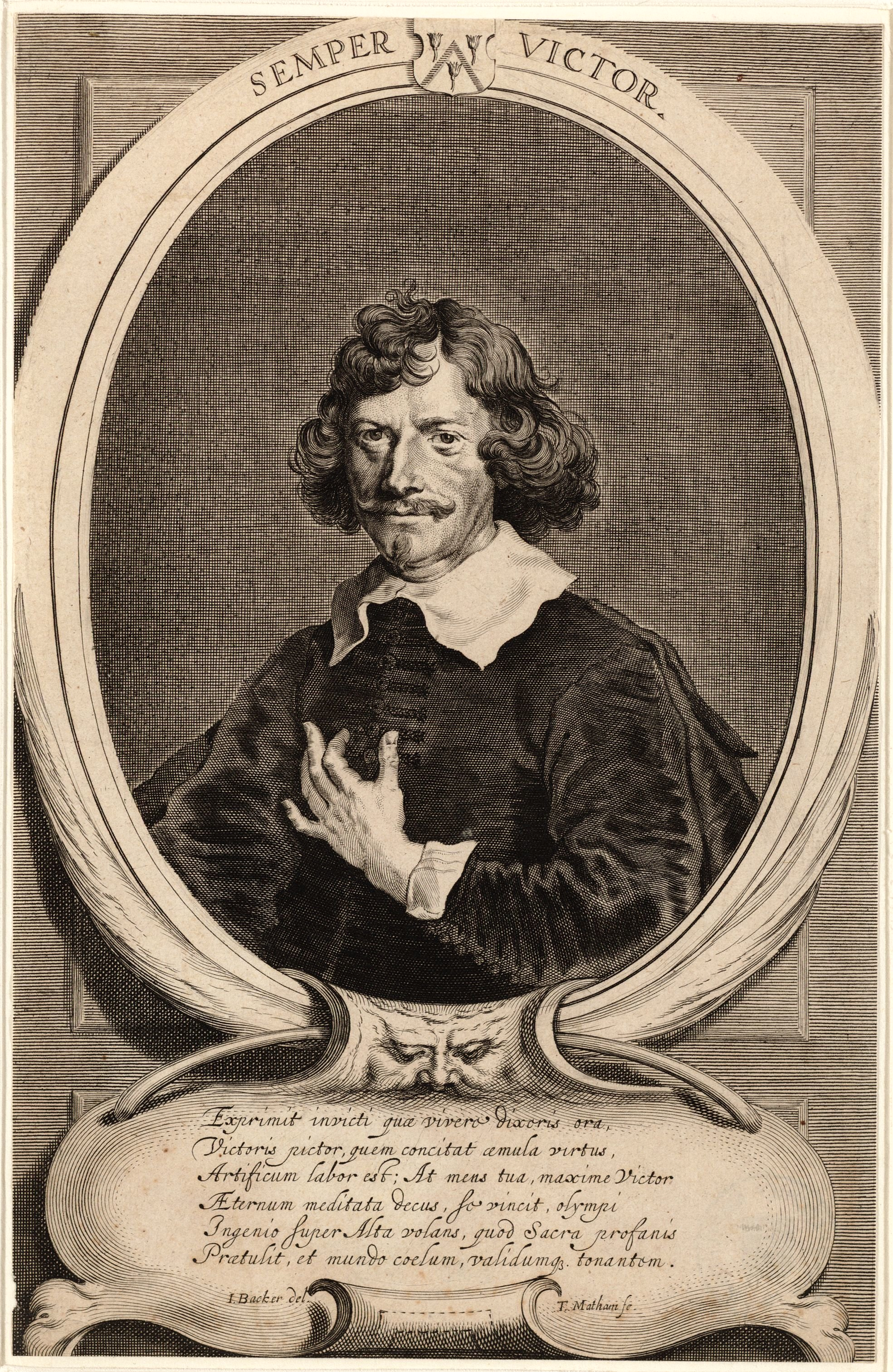
Jan Victors was a Dutch Golden Age painter mainly of history paintings of Biblical scenes, with some genre scenes. He may have been a pupil of Rembrandt. He probably died in the Dutch East Indies.
He was a conscientious member of the Calvinist Dutch Reformed Church, and for this reason he avoided creating art which depicts Christ, angels, or nudity.

Rembrandt Harmenszoon van Rijn, a Dutch Baroque painter and printmaker, was born on July 15, 1606, in Leiden, Netherlands, and died on October 4, 1669, in Amsterdam. He is celebrated as one of the greatest storytellers in art history, acclaimed for his adept portrayal of human emotions and dramatic narratives. Rembrandt's extensive oeuvre includes portraits, self-portraits, landscapes, genre scenes, allegorical, historical, and biblical themes, as well as animal studies. His artistry shined during the Dutch Golden Age, a period marked by cultural and scientific achievements in the Netherlands.
Rembrandt's education in art began around the age of 10 when he left the Latin School in Leiden to train as an artist. He apprenticed with artists like Jacob van Swanenburg and Pieter Lastman, mastering various aspects of painting. He opened his own studio in Leiden around 1624 or 1625, sharing it with his colleague Jan Lievens. By 1631, he had moved to Amsterdam, where he achieved significant success and trained many important Dutch painters.
Among Rembrandt's notable works are "The Anatomy Lesson of Dr. Nicolaes Tulp" (1632), "The Night Watch" (1642), and "The Syndics of the Amsterdam Drapers’ Guild" (1662). He was also renowned for his self-portraits, creating around 80 over his lifetime, more than any other artist until the 20th century. These self-portraits were not just artistic endeavors but also experiments with facial expressions and lighting effects. Additionally, Rembrandt was a master etcher, transforming etching from a reproductive technique into an art form.
Rembrandt's painting style is characterized by its dramatic use of light and shadow, known as chiaroscuro. His ability to depict materials realistically was unparalleled; his portrayal of metals and fabrics was so lifelike that they appeared to glow and be tangible. He was also known for his impasto technique, applying paint thickly to the canvas, adding a three-dimensional quality to his works.
Despite his artistic prowess, Rembrandt faced financial difficulties and personal tragedies throughout his life. He declared bankruptcy in 1656, a downfall attributed partly to his extensive collection of art objects and curiosities. His masterpieces, however, continued to garner appreciation and influence generations of artists that followed.
For collectors and experts in art and antiques, Rembrandt's works represent a pinnacle of artistic achievement in the Dutch Golden Age. His mastery in portraying the human condition and his innovative techniques in painting and etching make his works highly prized and influential in the art world.
To stay updated on new product sales and auction events related to Rembrandt van Rijn, sign up for our updates. This subscription service is dedicated exclusively to news and events concerning works related to this unparalleled master of the Dutch Golden Age.

Pieter Claesz was a Dutch Golden Age painter of still lifes.
He and Willem Claeszoon Heda, who also worked in Haarlem, were the most important exponents of the "ontbijt" or dinner piece. They painted with subdued, virtually monochromatic palettes, the subtle handling of light and texture being the prime means of expression. Claesz generally chose objects of a more hospitable kind than Heda, although his later work became more colourful and decorative. Claesz's still lifes often suggest allegorical purpose, with skulls serving as reminders of human mortality. The two men founded a distinguished tradition of still life painting in Haarlem. Pieter Claesz was influenced by the artist movement 'Vanitas'.

Jacob Toorenvliet was a Dutch painter and graphic artist of the Gilded Age, a master of genre painting and printmaking.
Jacob Toorenvliet was a member of the Leiden Guild of Saint Luke. Together with Willem van Mieris and Carel de Moor he founded the Academy of Arts (Tekenacademie).
Jacob Torenvliet's style of painting has its origins in the genre painting of Leiden. Torenvliet's paintings contain elements of fine painting. The artist incorporates all kinds of influences in his work, but mixes them with his own forms of expression.

Nicolaes Maes was a Dutch painter known for his genre scenes, portraits, religious compositions and the occasional still life. A pupil of Rembrandt in Amsterdam, he returned to work in his native city of Dordrecht for 20 years. In the latter part of his career he returned to Amsterdam where he became the leading portrait painter of his time. Maes contributed to the development of genre painting in the Netherlands and was the most prominent portrait painter working in Amsterdam in the final three decades of the 17th century.

Anthonie Palamedesz was a Dutch portrait and genre painter. He is in particular known for his merry company paintings depicting elegant figures engaged in play, music and conversation as well as guardroom scenes showing soldiers in guardrooms. Like many Dutch painters of his time, he painted portraits and still lifes, including vanitas still lifes. He further painted the staffage in a few views of the interior of churches. He played a major role in the development of genre painting in Delft in the mid 17th century.

Caspar Netscher was a Dutch painter of the Golden Age of Dutch painting, known for his portraits. Netscher chose subjects from the life of the Dutch elegant and wealthy class; he painted many small portraits - mostly of women; some of them historical. After spending some time in Paris, he painted several persons belonging to the court of Louis XIV. In addition to the above-mentioned usual subjects, he depicted sometimes historical and biblical scenes.
Caspar Netscher's paintings were kept in many art galleries: in the Louvre, Amsterdam, Florence, in several private collections in England and in many other places. In the Hermitage at the beginning of the 20th century there were six of his paintings, including a portrait of the artist himself and a portrait of Mary Stuart, painted in 1683; today only two works have survived.

Hendrick Dubbels, a distinguished Dutch Golden Age painter, was renowned for his tranquil marine scenes and evocative winter landscapes. Born in 1621 in Amsterdam, Dubbels lived his entire life in this vibrant city, known for its rich artistic milieu.
His unique artistic journey began in the studios of other prominent marine artists, where he honed his skills in portraying the serene and the tumultuous aspects of the sea. Initially influenced by Jan Porcellis, Hendrick Dubbels' style evolved through his work with Simon de Vlieger and the Van de Veldes, leading to his signature tranquil seascapes. The 1650s marked his most productive period, during which he also mentored Ludolf Bakhuizen, another luminary in marine painting.
Hendrick Dubbels' works are distinguished by their calm, composed waters and skilfully rendered ships, reflecting a deep understanding of the sea's various moods. His winter landscapes also display a keen observation of light and shadow, capturing the quiet beauty of the colder months. Among his notable works is "Calm Sea," an oil on canvas showcasing his mastery in depicting peaceful maritime scenes.
Art collectors and experts will find Hendrick Dubbels' work a testament to the serene beauty and technical excellence of the Dutch Golden Age. His paintings are not just visual feasts but also historical narratives of the maritime culture of the era.
To explore more about Hendrick Dubbels and stay informed about sales and auction events related to his works, sign up for our updates. This subscription is your gateway to acquiring pieces from this master of marine and winter landscapes.

Jan Jansz Wijnants was a Dutch Golden Age painter.
Wijnants is primarily known for his Italianate landscapes and paintings featuring topography. The painters Nicolaes de Vree and Adriaen van de Velde trained in his studio and his style later had influence on the English artist, Thomas Gainsborough, the German artist Wilhelm von Kobell, and the Dutch artists Anthonie van Borssom and Willem Buytewech.

Jan Bruegel the Younger was a Flemish Baroque painter. He was the son of Jan Brueghel the Elder, and grandson of Pieter Bruegel the Elder, both prominent painters who contributed respectively to the development of Renaissance and Baroque painting in the Habsburg Netherlands. Taking over his father's workshop at an early age, he painted the same subjects as his father in a style which was similar to that of his father. He regularly collaborated with leading Flemish painters of his time.

Frans Francken the Younger was a distinguished Flemish painter of the Baroque period, celebrated for his versatility and innovation in the art scene of the early 17th century. Born in 1581 in Antwerp, where he also died in 1642, Francken hailed from the prolific Francken family of artists, establishing himself as the most prominent among them. His contribution to Flemish art includes a wide array of subjects, spanning large altarpieces for churches to intricate cabinet pictures featuring historical, mythological, or allegorical themes.
Francken's work is particularly noted for his creation of collectors' cabinet paintings, a genre that depicted the interiors of collectors filled with art, curiosities, and natural specimens, embodying the era's intellectual pursuits and the burgeoning culture of connoisseurship. Moreover, Francken was instrumental in the development of singeries, humorous paintings featuring monkeys engaging in human activities, critiquing the follies of mankind through satire. His collaborative efforts with other artists enriched his work, allowing him to incorporate figures and narrative depth into various compositions, seamlessly blending his expertise with the landscapes, architectural settings, and still lifes created by his contemporaries.
Francken's artistic legacy is marked by his successful workshop, his role as a master in the Antwerp Saint Luke's Guild, and his significant influence on the development of new subject matter and genres within Flemish painting. His works, such as "Mankind's Eternal Dilemma: The Choice Between Virtue and Vice," remain celebrated for their detailed craftsmanship and symbolic richness, housed in prestigious museums including the Museum of Fine Arts, Boston.
For collectors and art history aficionados, Francken's oeuvre offers a rich tapestry of Baroque artistry, reflecting the dynamism of 17th-century Flemish culture and the depth of humanistic and religious themes explored during the period.
To delve deeper into the world of Frans Francken the Younger and to stay updated on new discoveries, sales, and auction events related to his works, consider signing up for specialized updates. This subscription is tailored for enthusiasts eager to explore the intersections of art, history, and culture, promising insightful content on one of Flemish art's most influential figures.

Simon Pietersz Verelst was a Dutch painter, son and pupil of the founder of the dynasty, Pieter Verelst, and brother of Hermann and Johannes. He painted mostly elegant portraits surrounded by garlands of flowers and fruit, as well as still lifes.

Johannes van der Molen or Johannes Jan Vermeulen was a still-life painter during the Dutch Golden Age. He was active in Haarlem from 1638 to 1674. His specialty was the Vanitas, a style of painting meant to symbolize the transience of life. Many of them feature books.
Some of his works may be seen at the Statens Museum for Kunst, Mauritshuis, Schloss Johannisburg and the Musée des beaux-arts de Nantes. Others are in private collections.











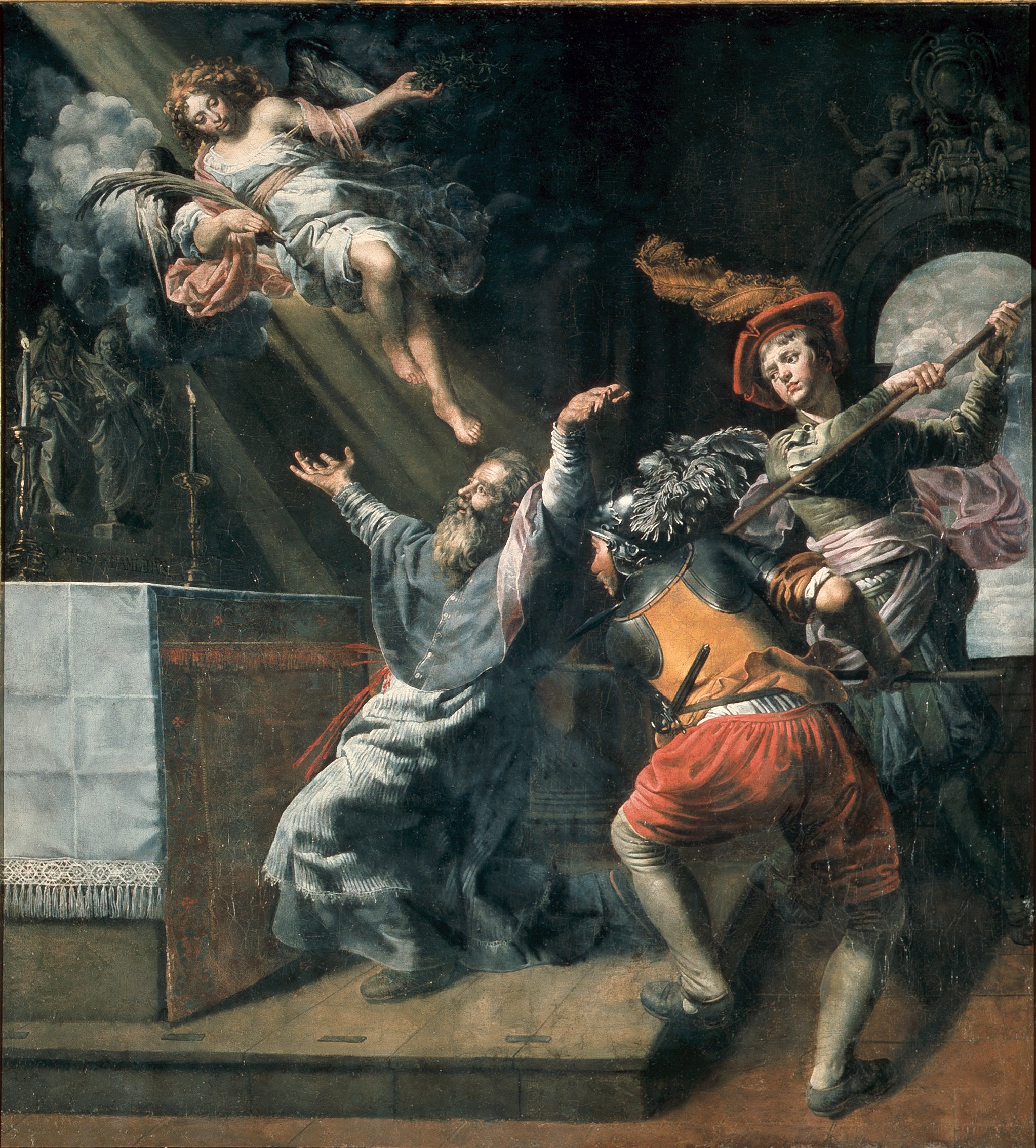


.jpg)




